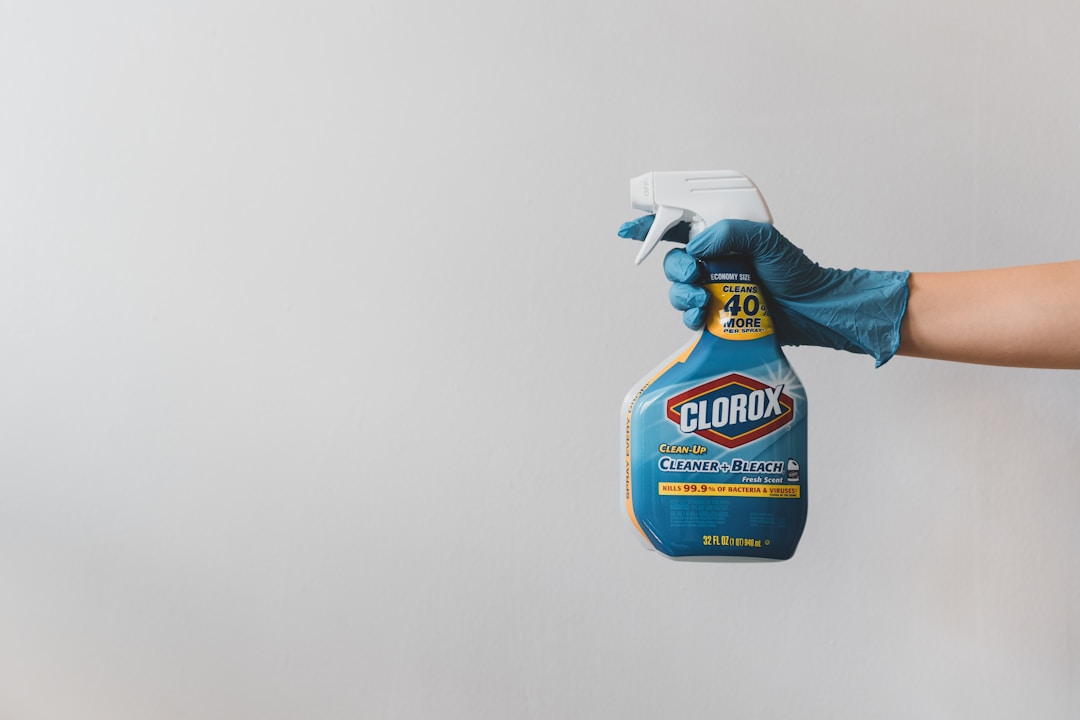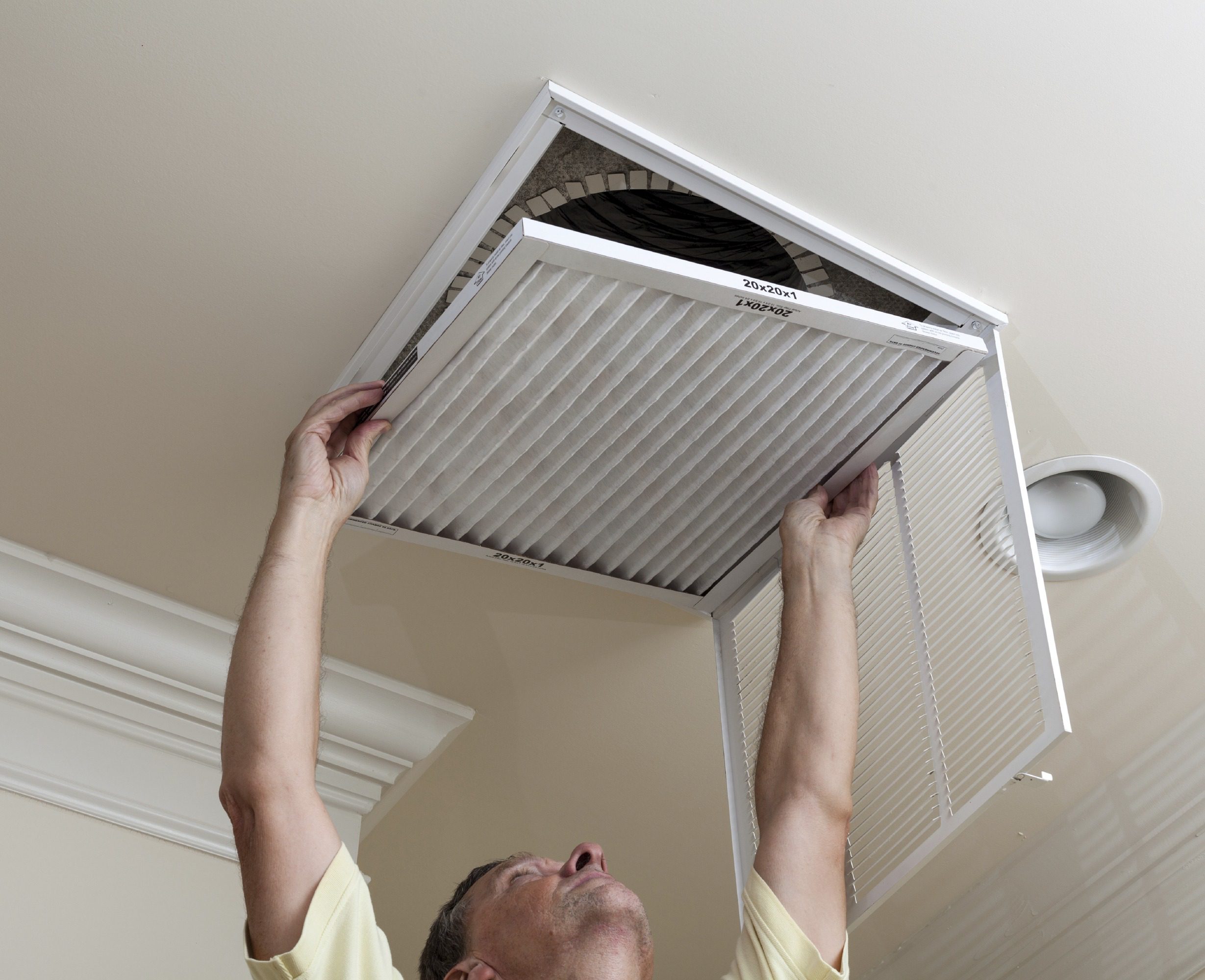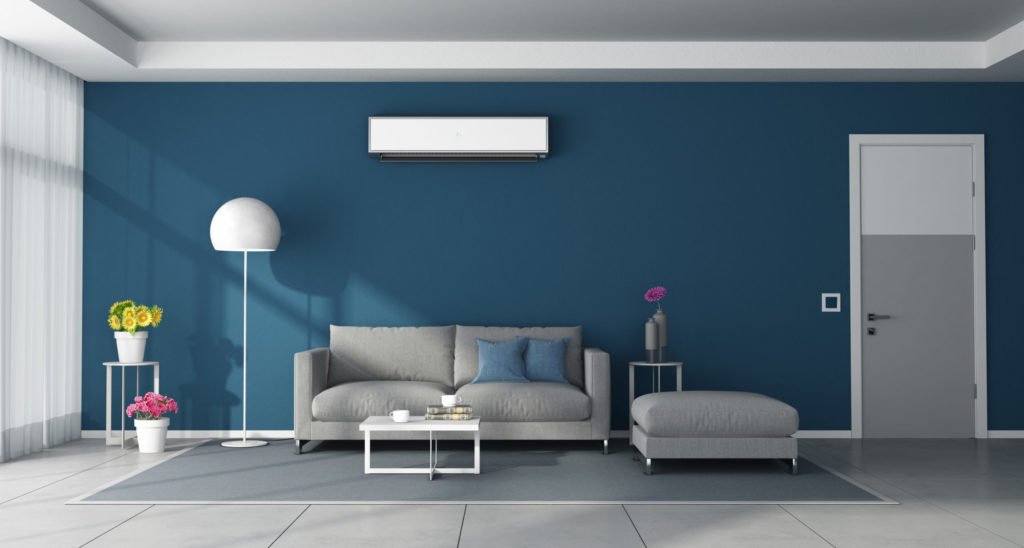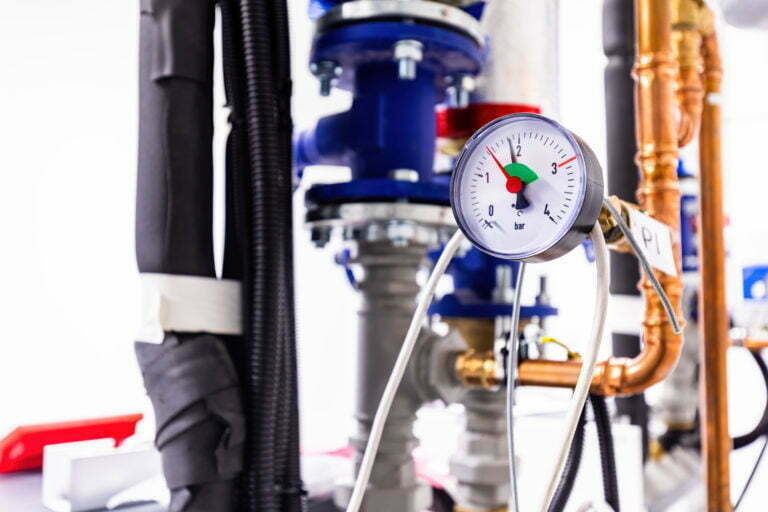Pollution from industrial plants, vehicles, machines, and other sources contributes to poor air quality outdoors. In many places, weather service personnel have to issue alerts warning of poor air conditions on certain days. With all of this, you might assume that the air we breathe outside is the most polluted air we come across each day. Unfortunately, this is not a correct assumption.
The EPA estimates that indoor air is two to five times worse than outdoors. For various reasons, the air inside where we spend most of our time contains pollutants and allergens. Microbial pollutants like mold, pollen, and pet dander can combine with chemicals and gases to create a toxic environment inside of your home. The worse your indoor air quality is, the more likely you are to experience allergies, asthma, and other respiratory issues.
For many homeowners, indoor air quality isn’t given much thought unless there is an unusual odor or other noticeable problem. However, by understanding the causes of poor indoor air quality, you can make your home a safer, more comfortable place. Let’s take a look at some factors that might contribute to problems with the air quality in your home.
1. Pollutants

In many cases, homeowners unknowingly bring things into their houses that contribute to indoor air quality issues. Many of the products we have in our homes and the cleaners we use release fumes in the air that contain some potent chemicals. Many products that contain plastic, such as furniture, TVs, computers, and things with plastic foam, contain polybrominated biphenyl (PBB) and polychlorinated biphenyl (PCB) that can be emitted over time. Additionally, many carpets, upholstery, and other things contain formaldehyde that can contribute to poor air quality.
Many paints, cleaners, and pesticides also contain harmful chemicals known as volatile organic compounds that can create air quality issues when they build up around your home. With an estimated 200 poisons found in cigarettes, harmful cigarette smoke is another common cause of poor indoor air quality. When your HVAC system picks up these pollutants, they can be circulated throughout your home. If you believe that these chemicals and pollutants are creating issues inside of your home, it is important to find ways to allow fresh air in. You can also install special HEPA filters designed to target such particles. An air purifier can also help to provide cleaner air.
2. Poor Ventilation

In many cases, introducing pollutants and other contaminants into your home is unavoidable. However, if you have proper ventilation, these substances will create less of an issue. Poor ventilation in your home allows pollutants and allergens to build up and constantly recirculate through your home’s HVAC system. Many homes are equipped with various exhaust fans that provide ventilation. Additionally, it will help to open your windows occasionally to allow fresh air to mix in and dilute pollutants.
3. Dirty Air Filters

One of the common reasons people experience higher amounts of dust mites, mold, pollen, and other allergens in the air is dirty HVAC air filters. It is recommended that you change your air filters at least every three months. Depending on your situation, you may require more frequent changes. When it becomes saturated and clogged with particles, your air filter is no longer effective at catching contaminants. As a result, air particles that your filter should have stopped are allowed to enter your HVAC system and circulate throughout your home.
Considering the amount of time that we spend in our homes, it is important that we take note of the quality of the air inside. By changing your air filters regularly, introducing fresh air, and being mindful of what you bring into your home, you can create a healthier environment with cleaner air.





